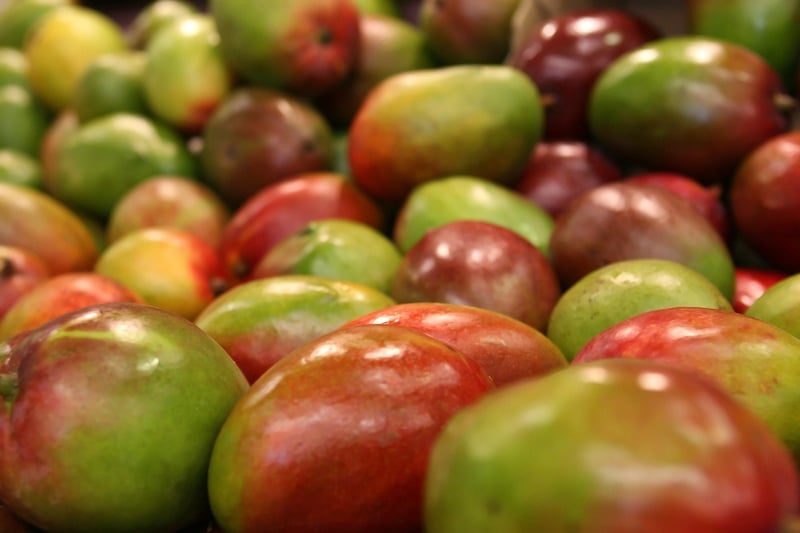Exotic Ingredients
Exploring Diverse Tastes with Exotic Ingredients
Are you tired of the same old recipes and flavors in your kitchen repertoire? It might be time to spice things up with some exotic ingredients that will take your taste buds on a journey around the world. By incorporating these unique elements into your cooking, you can create dishes that are not only delicious but also culturally rich and exciting. Let's delve into the world of exotic ingredients and how they can elevate your culinary creations.
1. Sumac
Sumac is a tangy spice commonly used in Middle Eastern and Mediterranean cuisines. It adds a citrusy flavor to dishes, making it a great addition to salads, meats, and dips. Try sprinkling sumac on roasted vegetables for a zesty twist.

2. Miso Paste
Miso paste is a staple in Japanese cooking and adds a rich umami flavor to dishes. Use miso paste to make flavorful soups, marinades, and glazes for meats and vegetables. It can also be used to add depth to salad dressings.

3. Saffron
Saffron is one of the most expensive spices in the world, known for its vibrant color and distinct flavor. It is commonly used in Spanish, Indian, and Middle Eastern cuisines. Add saffron to rice dishes, soups, and desserts for a luxurious touch.

4. Harissa
Harissa is a spicy chili paste from North Africa that adds heat and depth to dishes. Use harissa to marinate meats, flavor stews, or mix into dips and spreads. It's a versatile ingredient that can bring a fiery kick to your meals.

By incorporating these exotic ingredients into your cooking, you can expand your culinary horizons and create dishes that are truly extraordinary. Don't be afraid to experiment with new flavors and ingredients – you never know what delicious creations you might come up with!
Happy cooking!
